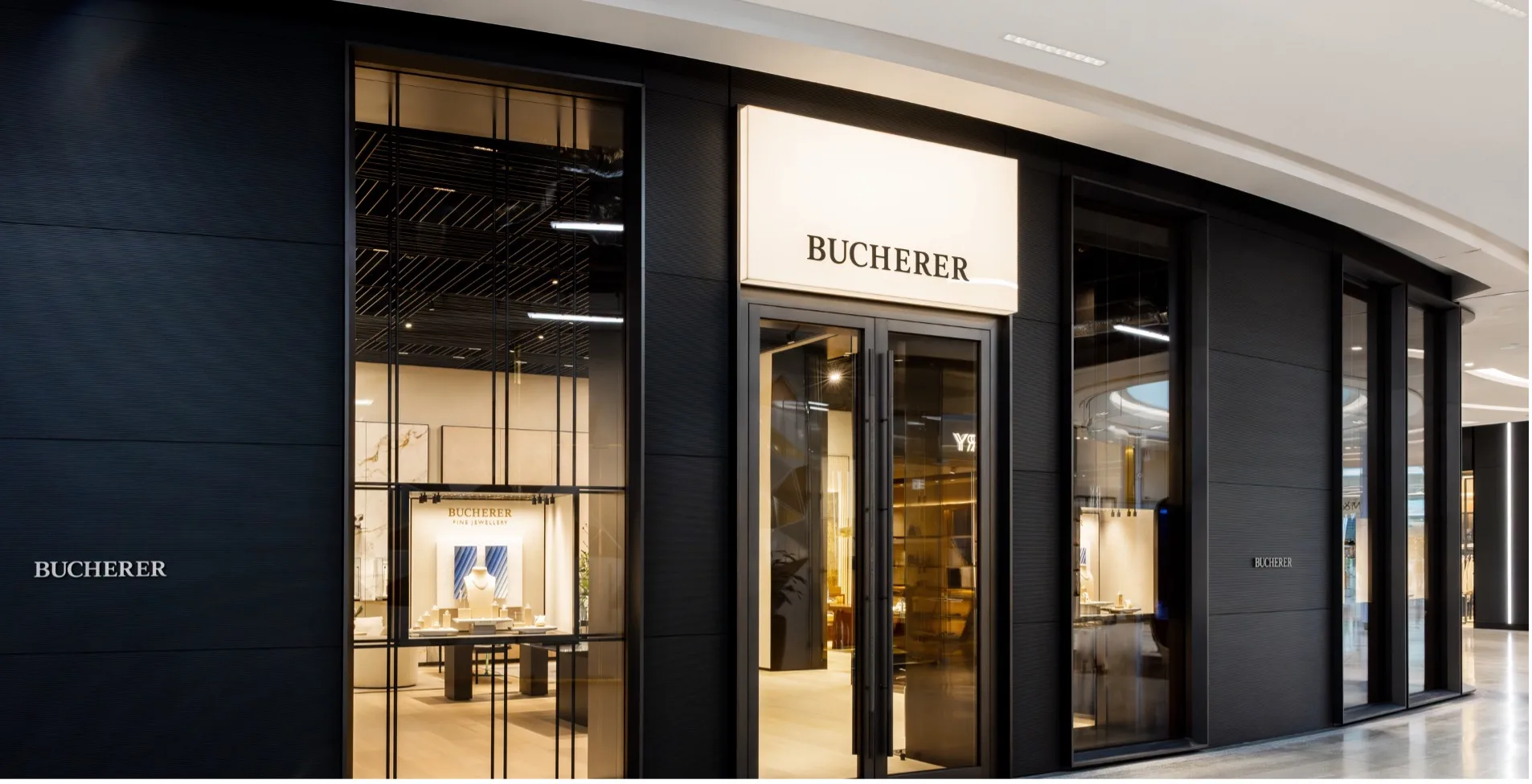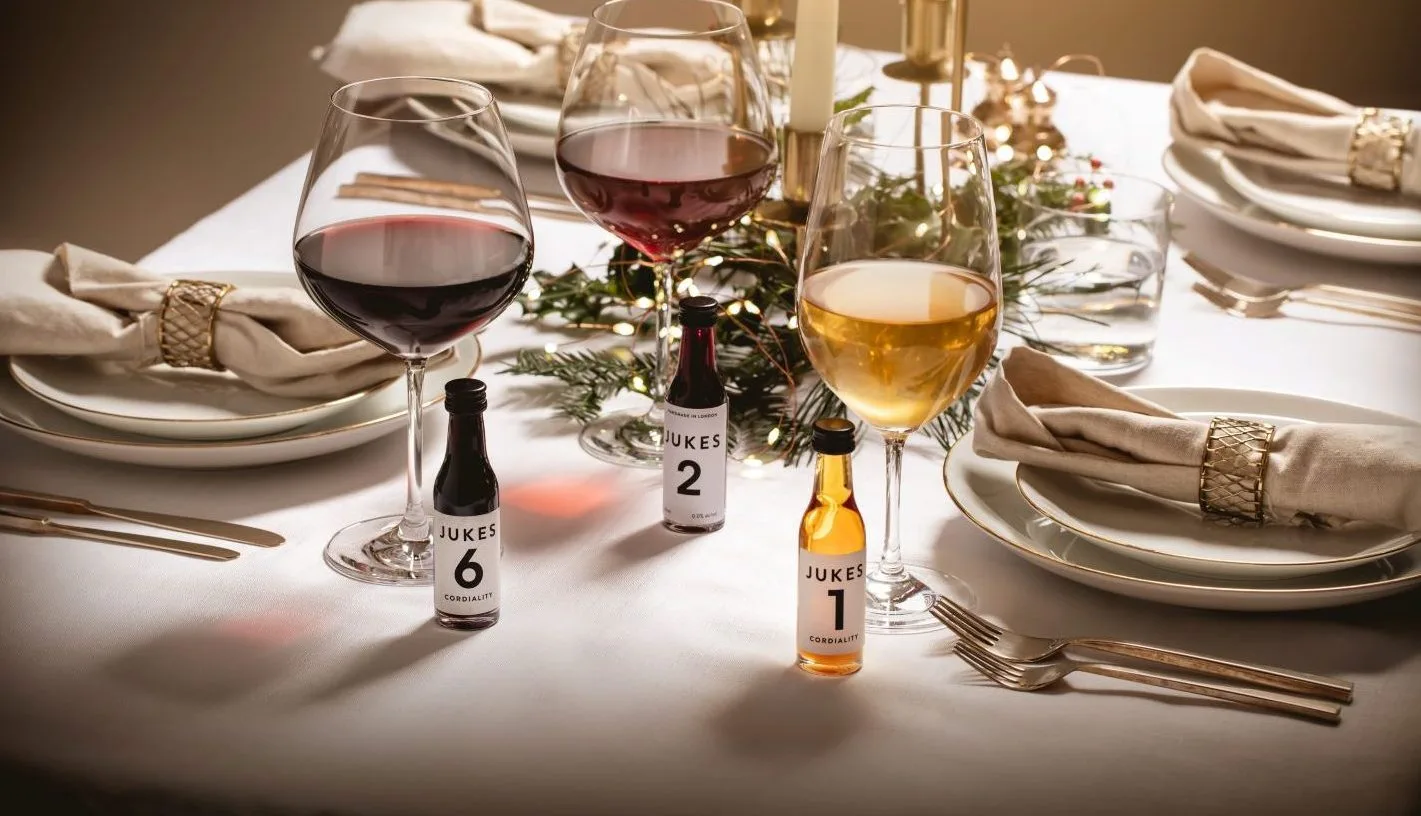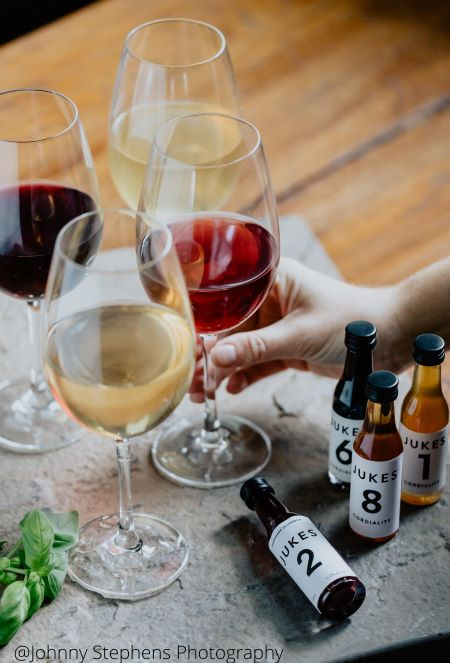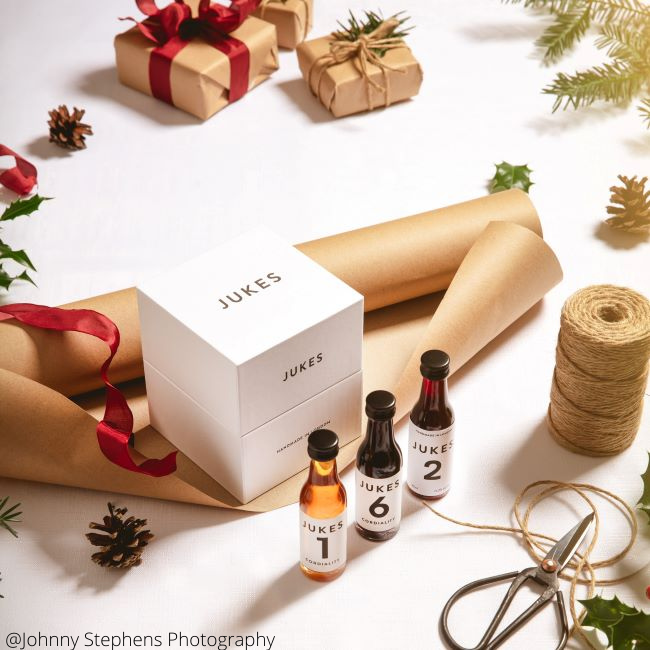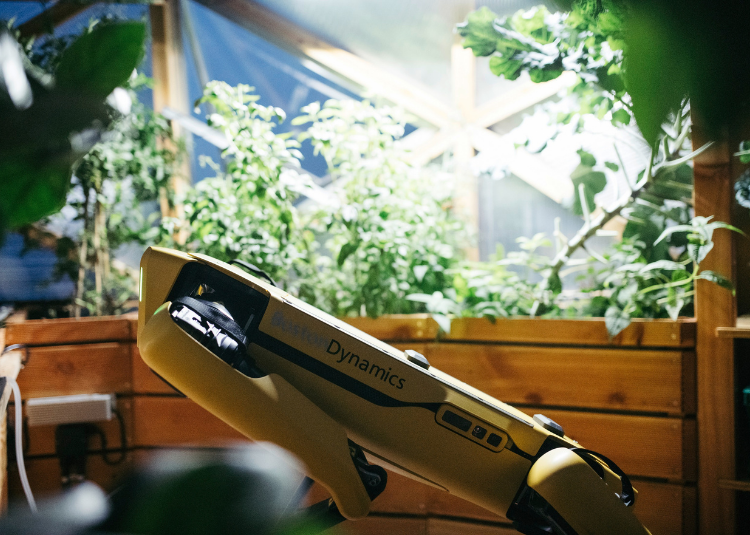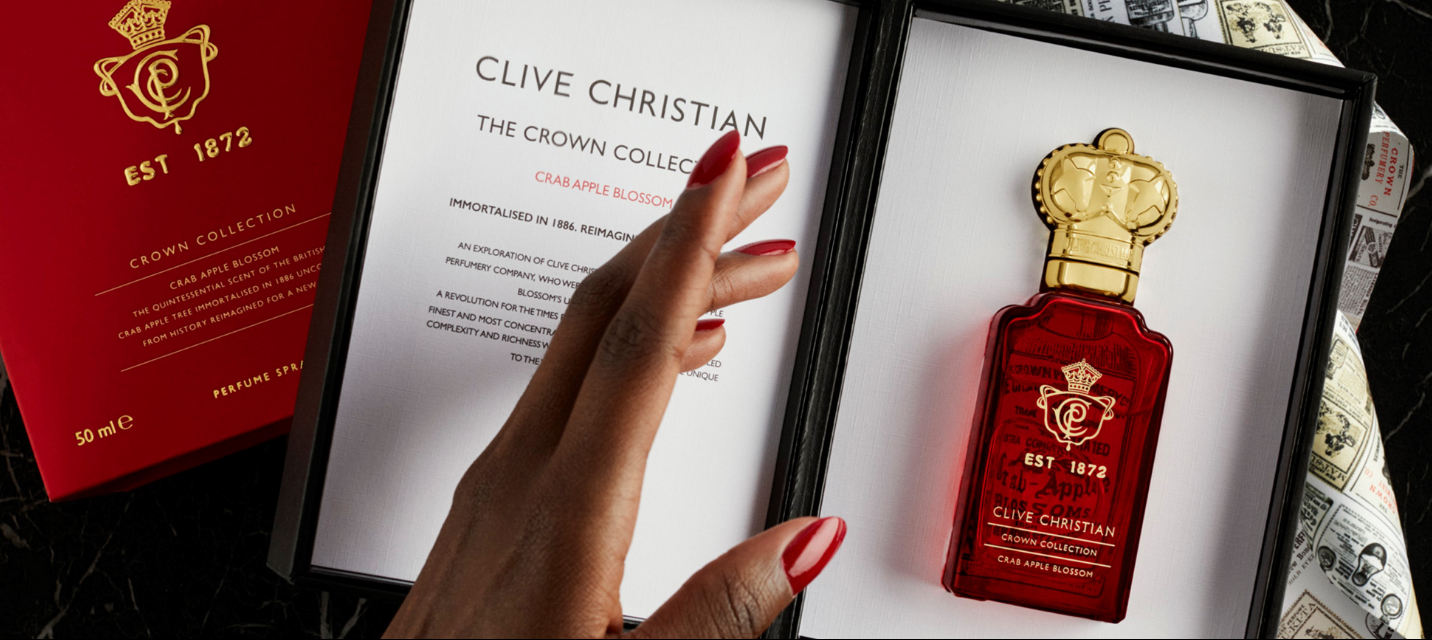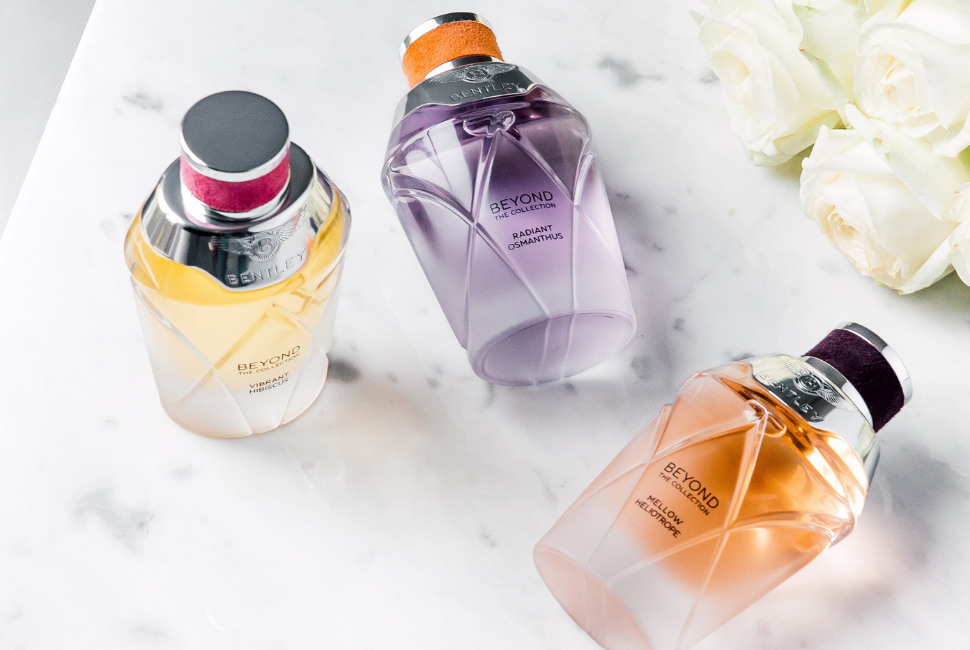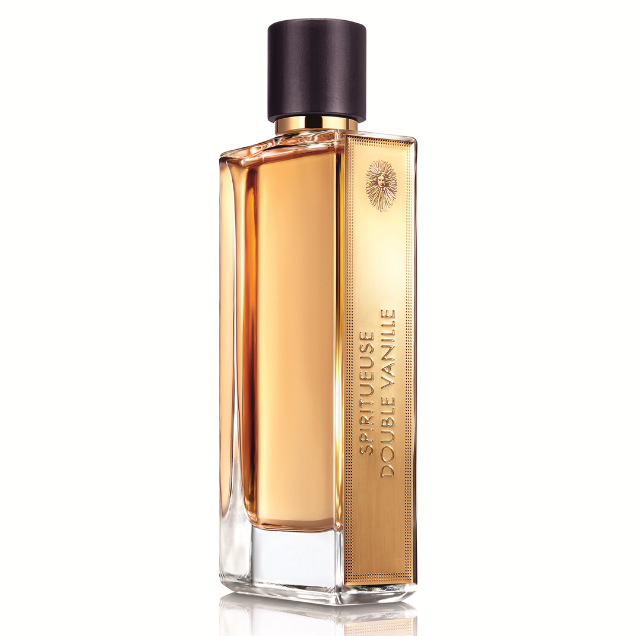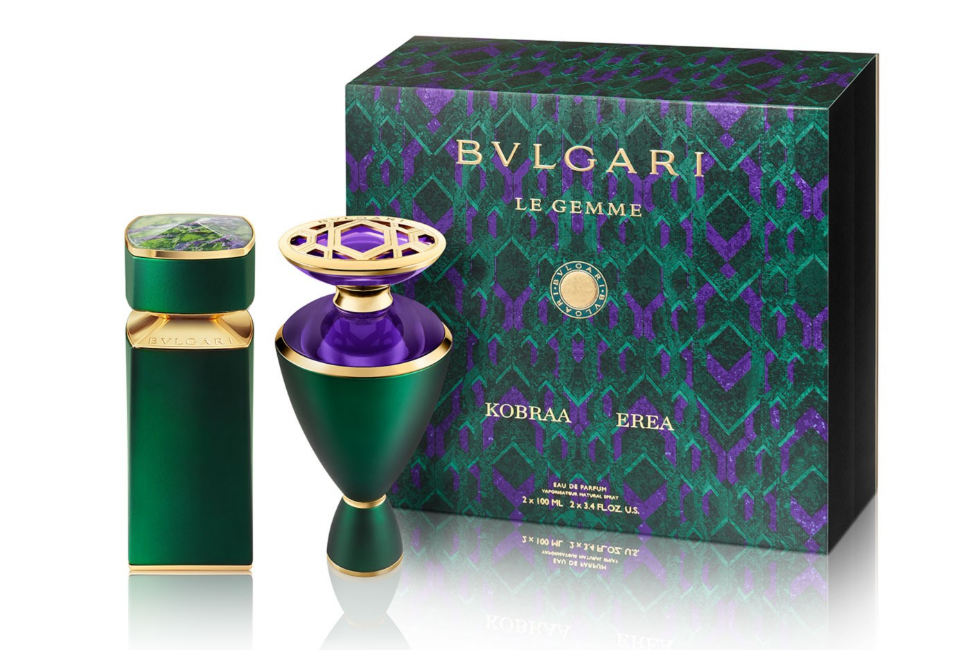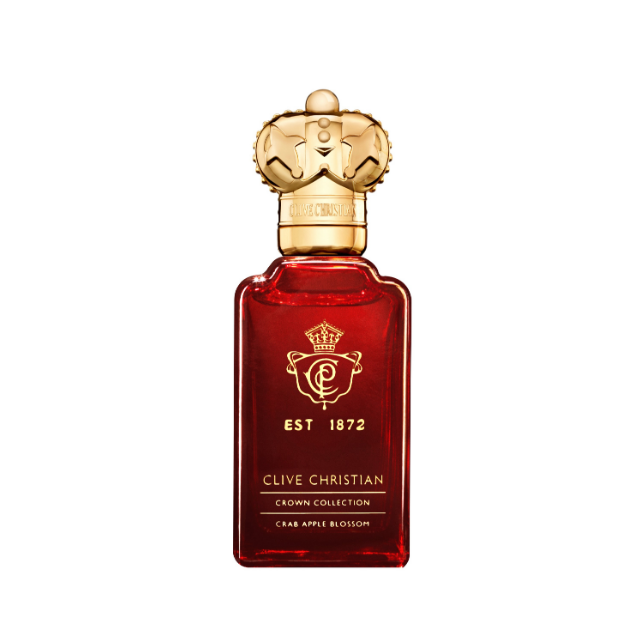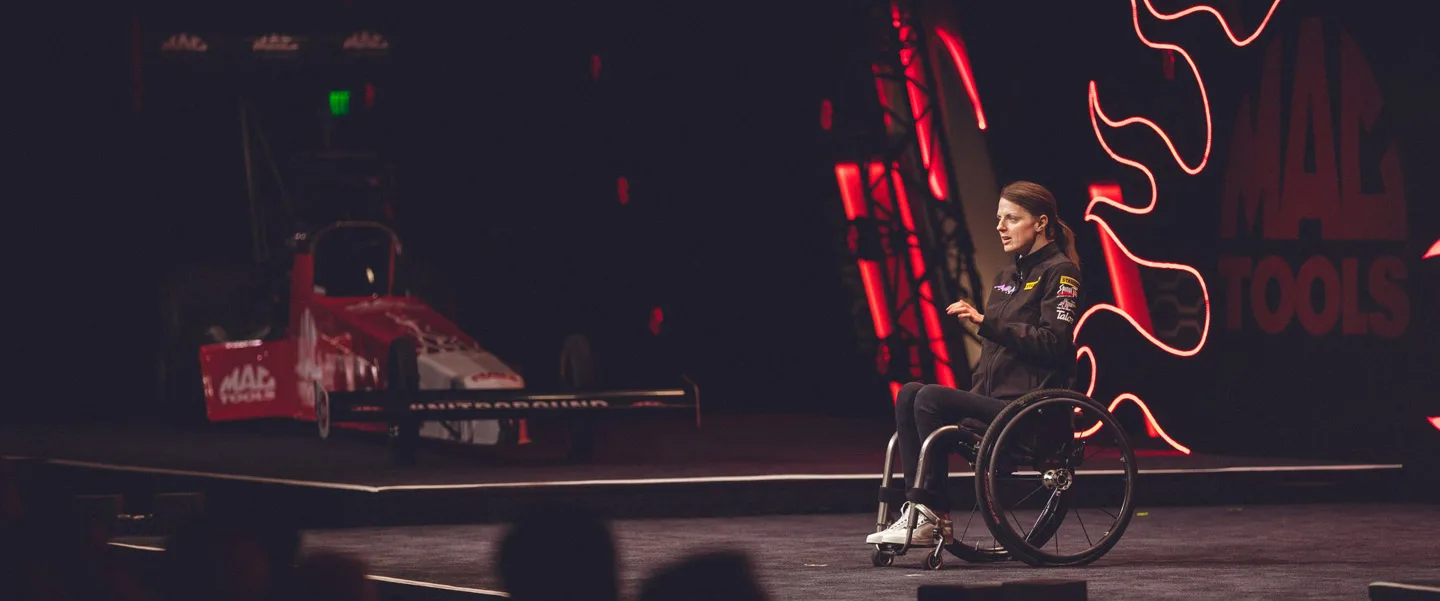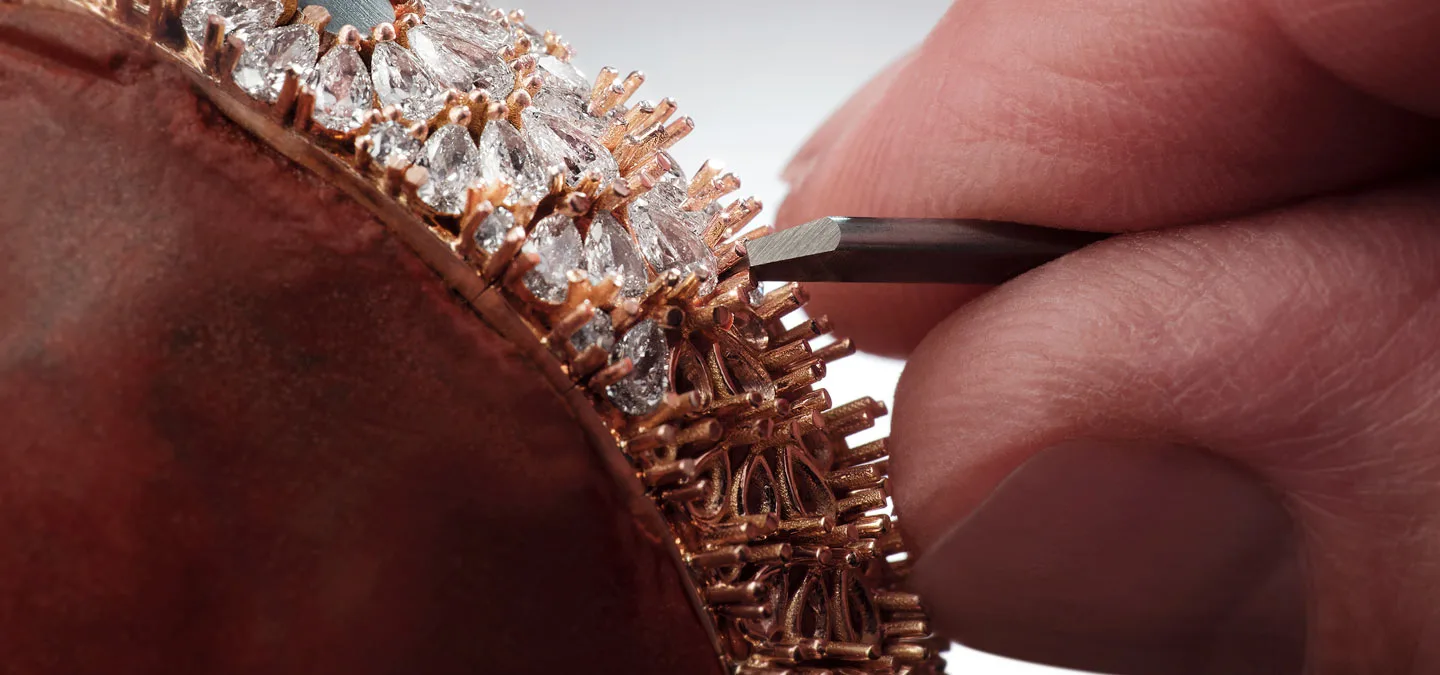The watch world can come across as all about brands and watchmakers with designers rarely getting a namecheck and only as an afterthought. That makes sense when it’s the industrial heft of Rolex that guarantees the brand’s quality and the heritage of Patek Philippe that drives demand for watches that haven’t even been seen in the metal. But what do people actually talk about when, as has just happened, Rolex release a new Submariner collection or Patek introduce an updated Calatrava? It’s all about the design.
That the new Submariner has a silicon-based Chronergy escapement is great, but what about the bezel colour and the slimmer lugs (quite apart from how long will you have to wait to get one). Given how industrially most watches are made even at the higher end (if you want pure hand-made, get your largest cheque-book out and wait), it is near impossible to separate similarly priced brands on simple precision or build-quality. That leaves looks and brand-values as the basis to make a decision on and that’s why design and designers are starting to get a little more limelight.
It’s commonplace to see creative directors representing the brand to the world…
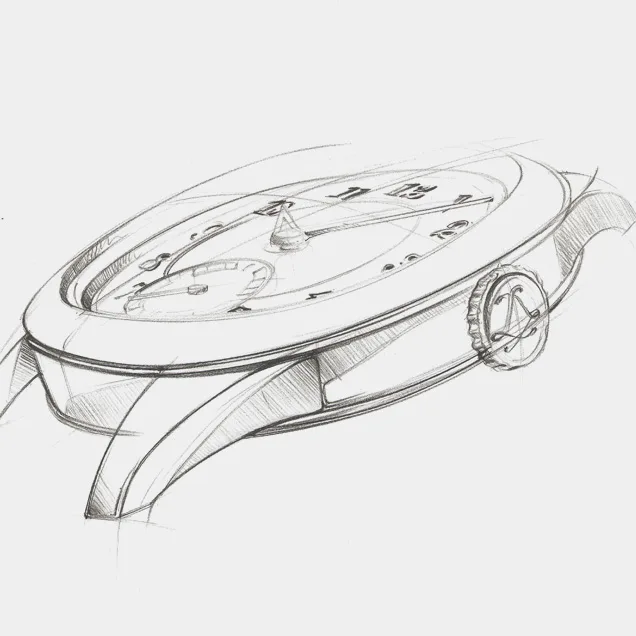
Watchmaking is something of exception (and a little behind the times) in a design literate world that makes stars of designers such as Jonny Ive, Marc Newson, Philippe Starck or Jasper Morrison and in which we know who designed everything from our chairs to our shirts, to accept that our watches simply come from this brand or that maison no longer makes sense. While watch companies were quick to recognise the value of their brands – Longines was one of the first to register a trademark and the 1889 winged hourglass logo is the oldest extant registration at WIPO (the World Intellectual Property Organisation) – they’ve been less keen to recognise design contributions and so named designers are few and far between until quite recently.
The likes of Jack Heuer, who brought a design sensibility informed by midcentury architects such as Oscar Niermayer to his running of the family firm, was a rarity and even he revealed that the 1963 Carrera owed its most identifiable feature, an angled inner dial edge on which the tachymetre scale was printed, to a new method for making the watch waterproof. Design responsibility – if not practice – was for those like Jack Heuer, who were managing the companies: Louis Cartier clearly had a strong vision for the watches he designed as he drove the expansion of Cartier and so did Hans Wilsdorf of Rolex and Henri Stern of Patek Philippe who were detail obsessives that allowed nothing to pass without their approval.
Yves Piaget in the 60s and 70s was another design-savvy watch boss. The quality of design under leaders with a strong creative touch is obvious enough, but they were bosses first and creatives second at best. The rapid growth of consumer culture in the postwar US opened the door for designers to take a more public role in the process, particularly as boundaries between art and design eroded – Movado’s Museum Watch, with its dial being defined by a solitary dot at 12 to symbolize the sun at high noon, was designed in 1947 by the Bauhaus-influenced artist Nathan George Horwitt, while later on in the 50s, Hamilton employed the car designer and artist Richard Arbib to produce a space-age watch for the company’s new electric movement, which became the Ventura.
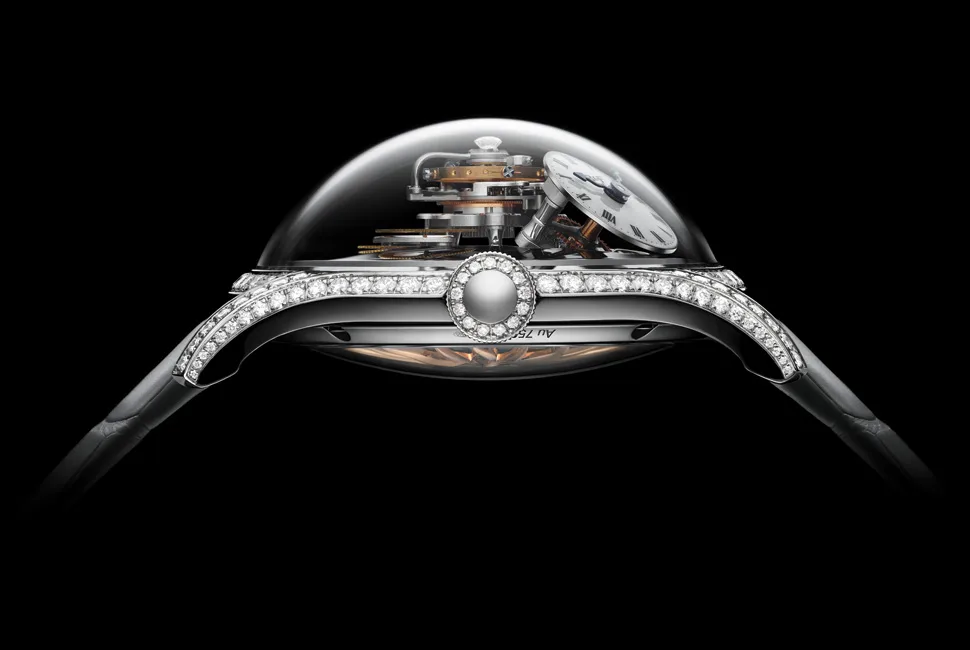
Jewellers too expanded into watch design with Gilbert Albert, Emerich Meerson and Andrew Grima producing memorable designs into the 70s. It was, however, a jobbing watch designer, Gerald Genta, that changed the game. A string of highly recognisable and still sought-after designs for Audemars Piguet (the Royal Oak), Patek Philippe (the Nautilus), IWC and others, established his credentials within the industry as designer for hire. While it was only once collectors began to value his work that his name escaped the industry and he achieved recognition in his own right; it was his reputation in the industry that allowed him the creative freedom to make sure it was his ideas that made it through to see the light of day.
Genta’s path was followed in relatively quick succession by Jorg Hysek who designed the 222 for Vacheron Constantin (from which the contemporary Overseas is derived) and went on to produce key designs for Breguet, Seiko, TAG Heuer and Tiffany. Notably, by the time of his Kirium for TAG Heuer in the mid-90s, Hysek’s name was part of the communication around it. This didn’t mean that every watch from thereon needed to have a named designer, but it did mean that a certain design literacy was to be expected. By 2005, when Dior planned the launch of a new men’s collection, it was unthinkable that the watch would be designed without the house’s then Artistic Director, Hedi Slimane, being closely involved.
Now brands are expected to at least have a design philosophy even if the designer is kept in the background, though not everyone will do that as clearly as NOMOS Glashütte, whose adherence to Deutscher Verkbund (a pre-Bauhaus movement that prized “the refinement of commercial work in collaboration with art, industry and craft”) ideals is central to the brand’s identity. Nevertheless, it’s now almost commonplace to see creative directors representing the brand to the world – think how prominent Davide Cerrato and Fabrizio Buonamassa now are at Montblanc and Bulgari respectively.
The demand for design-led watch brands has grown at every level of the market…

As the demand for design-led watch brands has grown at every level of the market so have brands appeared to meet it, from Rado’s work with the likes of Jasper Morrison and Konstantin Grcic through to Benoit Mintiens’ Ressence project and Martin Frei, the co-founder of Urwerk who have introduced radical ideas that have come to be seen as almost natural over the years. And then, there’s the man who has designed more watches by volume than anyone else, Marc Newson. Newson played a key role in the design of Apple’s Watch, brought on to the project at least in part thanks to his Ikepod venture from which watch designs appeared in the 90s that looked, at first glance, like nothing that had come before (look out for early Hemipode’s which are starting to become collectible).
As with Apple’s watch though, they reveal a knowledge of watch design that’s of an enviable depth – he began designing and making watch concepts in the 80s while still at college. Newson is very definitely designer first (his range of clients stretches from Qantas to Ford via Montblanc and G-Star) but brings such a refreshing vision to watch and clock design that he’s worth top-billing in the watch industry’s design pantheon.

Eric Giroud is the go-to guy of the Swiss industry, having worked for everyone from Boucheron to Vacheron Constantin via LeRoy and MB&F where he’s had the free rein to express himself. There’s another list of clients that he can’t acknowledge, but he’s seen brands becoming more relaxed about the designer’s role.
“The visibility of watch designers has changed a little over the last 10 years, especially with the new independent brands. For these, the visibility of watch designers is part of their communication in a rather natural and transparent way.” He also notes that the emergence of collaborations has opened the door still wider. In turn, that fuels interest in the designer from collectors who start digging around for more.






